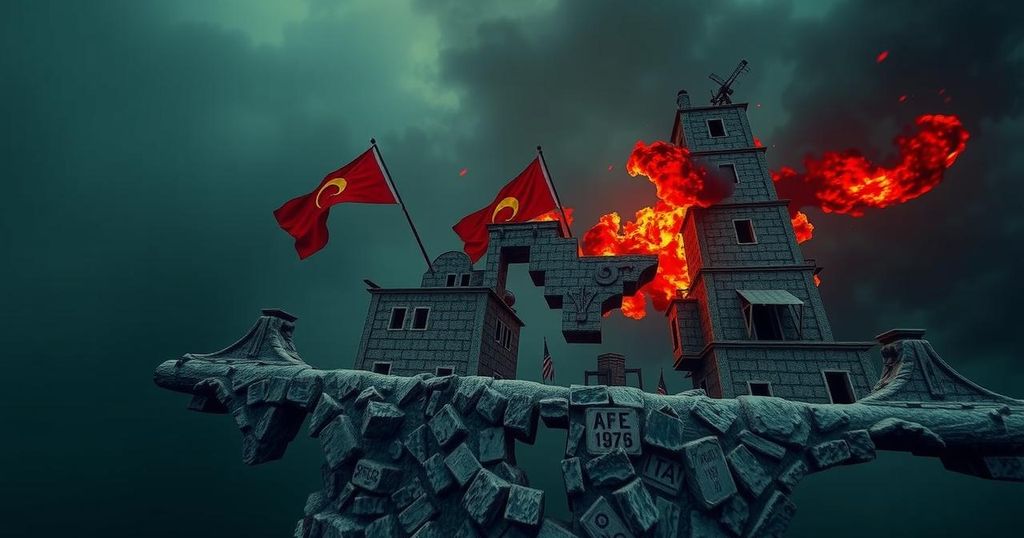The Historical Trajectory of Somalia: From Colonial Rule to Independence
The article outlines the historical context of Somalia from colonial rule to independence, focusing on the insurrection led by Sheikh Maxamed Cabdulle Xasan, the implications of colonial governance by the British and Italians, and the eventual establishment of the Somali Republic. It underscores the lasting impact of clan politics on the country’s political landscape as it transitioned from a series of colonial territories into a unified state.
The turbulent history of Somalia during colonial and post-colonial periods is marked by resistance, political upheaval, and a struggle for identity. The British Somaliland protectorate faced a significant threat from a religious insurrection led by Sheikh Maxamed Cabdulle Xasan, known to the British as the Mad Mullah. Initially cooperating with British authorities, Sheikh Maxamed soon opposed the Christian mission’s presence and clashed with the local administration, thus catalyzing a widespread rebellion against colonial rule. He mobilized a grassroots movement, known as the dervishes, stressing national Muslim unity against foreign powers. Despite facing numerous military campaigns by British, Italian, and Ethiopian forces from 1900 to 1904, the dervishes employed guerrilla tactics effectively and managed to resist colonial forces.
The article thoroughly discusses the complexities of Somali history beginning from the late 19th century through the establishment of colonial rule, the nationalist movements, and the subsequent formation of the Somali Republic. Highlighting the role of Sheikh Maxamed Cabdulle Xasan, it expounds upon the religious and cultural dimensions of his revolt against British authority, as well as the implications of the Italian invasion and governance in Southern Somalia. It emphasizes the socio-political ramifications of Somalia’s independence in 1960, detailing internal conflicts stemming from clan dynamics and subsequent governance challenges under President Maxamed Siyaad Barre’s regime.
In conclusion, the history of Somalia is characterized by a rich tapestry of tribal affiliations, colonial resistance, and the pursuit of national unity. The foundations laid during the colonial period by leaders such as Sheikh Maxamed, as well as the struggles that ensued post-independence, continue to influence Somalia’s contemporary socio-political landscape. The evolution from a colonial entity to a republic was marred by internal conflicts and ideological shifts, highlighting the enduring complexities of Somali nationalism and governance.
Original Source: www.britannica.com




Post Comment